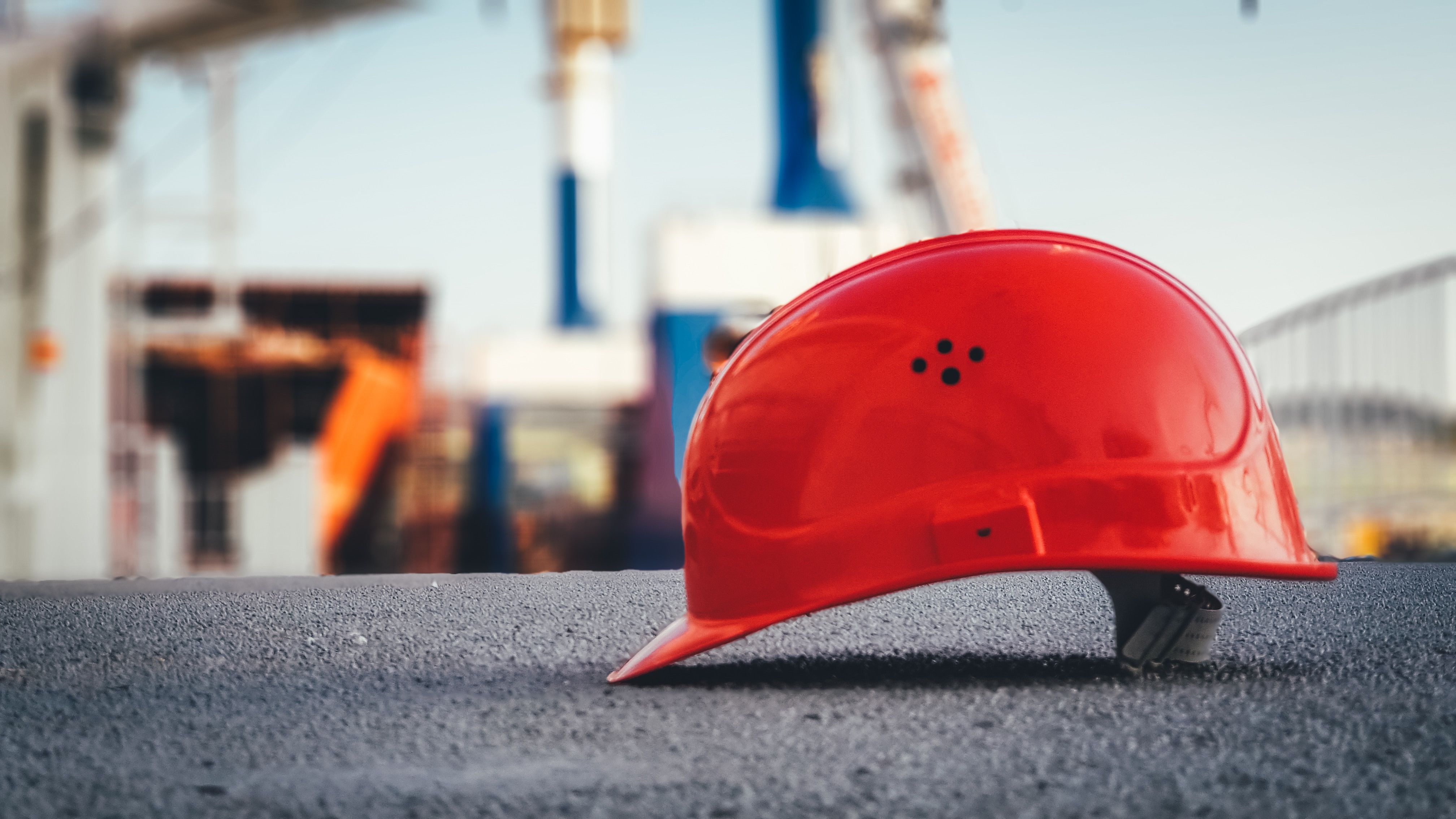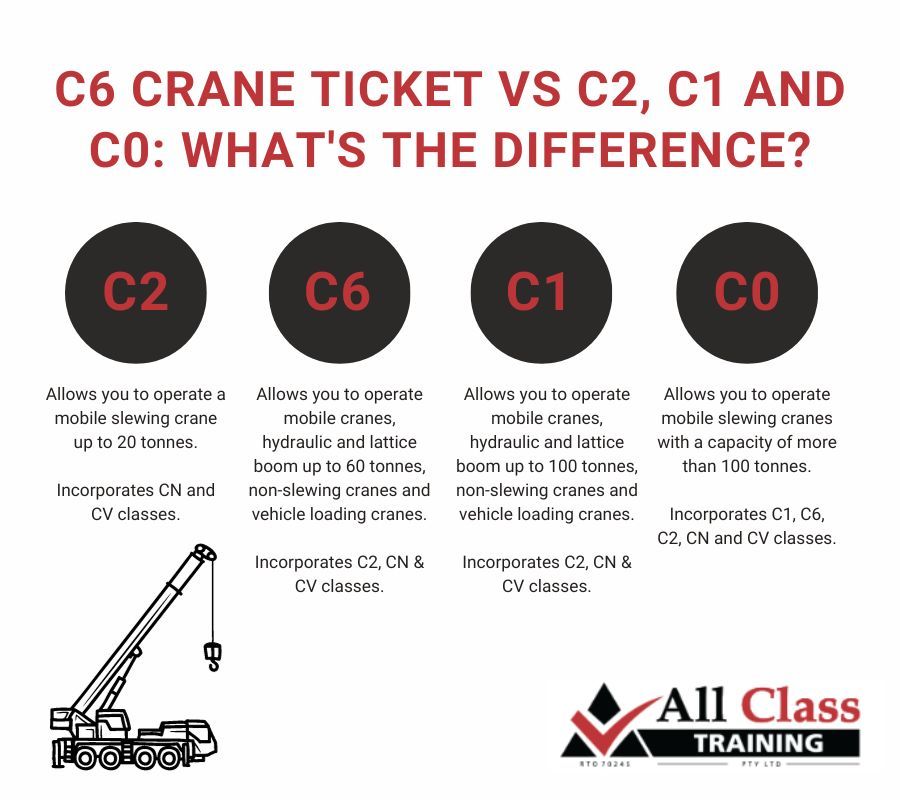Phone (02) 4964 9406
Mobile 0405 758 535
Email training@allclass.net.au
Address 10 Kilcoy Drive, Tomago NSW 2322

Crane operation is a thrilling, rewarding and well-paid occupation — it’s no wonder that tradesmen around Australia want to train to be a crane operator.
Crane operators operate stationary and/or mobile cranes to lift, move and position heavy objects as safely and efficiently as possible. These operators must be practically minded with good spatial awareness and an in-depth understanding of driving and maintaining heavy machinery.
Crane operators must also hold a High-Risk Work (HRW) Licence.
If you’re looking into how to become a crane operator in Australia, look no further. In this article, we explore the role of a crane operator and what is required regarding training, qualifications and everyday responsibilities.

Crane operators are in high demand right now, with more than 300 positions available throughout Australia (more than 70 positions in New South Wales alone), and job growth is expected to rise by 5.4% over the next five years.
The average salary for crane operators in Australia is between $105,000 and $125,000, with the mining, resources and energy industries leading the way in terms of pay. In New South Wales alone, however, the average salary is only $60,000 to $80,000 on average.
As a crane operator, you will be responsible for the safe operation, control and maintenance of cranes. Your duties will include:
Of course, your duties will vary depending on your qualifications and experience level. It is important to discuss your duties and responsibilities with your line manager during the interview process, so you know what to expect and what training will be provided during your apprenticeship.
You will need the appropriate crane licence, which can be obtained through a Registered Training Organisation (RTO) like All Class Training. The organisations also also offer training for working at heights, dogging and rigging, and more.
Here’s a quick guide to these qualifications.
Other required licences and qualifications include:
At All Class Training, we provide a wide range of nationally-recognised training courses so you can gain the skills and qualifications to safely and efficiently operate heavy machinery, including cranes. Utilising a combination of practical and theoretical learning through our C6 Crane Course, Dogging & Rigging Courses and Working at Heights Courses, our trainers will ensure you walk away with the skills required to become a reliable crane operator.
View our booking calendars online now and contact us at (02) 4964 9406 to book your training today.